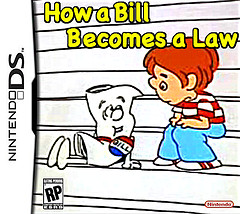 Are you familiar with North Carolina lien law provisions? Ever think they should be changed and updated? You are not alone. The NC Bar Association (through the Lien Law Revision Committee of the Construction Section) is in the process of preparing substantive changes to a proposed new Lien Law statute. The committee is aiming to have a prepared piece of legislation drafted for consideration in the upcoming legislative session of the General Assembly.
Are you familiar with North Carolina lien law provisions? Ever think they should be changed and updated? You are not alone. The NC Bar Association (through the Lien Law Revision Committee of the Construction Section) is in the process of preparing substantive changes to a proposed new Lien Law statute. The committee is aiming to have a prepared piece of legislation drafted for consideration in the upcoming legislative session of the General Assembly.
According to the Lien Law Committee, revisions to the statute are needed for several reasons, including:
- handling the uncertainty created by recent Bankruptcy court decisions relating to liens
- reexaming the “relation back” and “double payment” issues in current lien law
- reexaming the long form lien waivers and current problems with those waivers
Last week, at the Design Professionals Lliason Committee (another Construction Section committee), I was given a copy of the lien law draft proposal for a revision to the lien law. The Lien Law Committee wants their proposals to be discussed by the construction industry, so that all sides can be fully vested in the new lien process.
Review the proposal and let me know what you think. The proposal contains some rather large changes to the lien statute. Are these good, bad, or irrelevant to your business? Email me or comment below with any thoughts, questions, suggestions, or concerns. I will pass all comments along to the Lien Law committee.
———————–
Photo “How a Bill Becomes a Law” by Peter Merholtz via Flickr/Creative Commons license.



